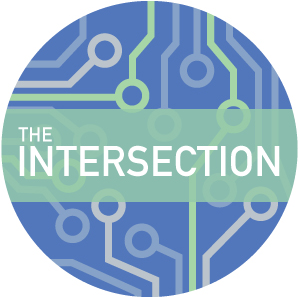
For many agencies, the introduction of new IT systems is proving to be a difficult transition. While the implementation of new tech may have been in the works for a while, the plan to properly train current employees on how to use it is sometimes overlooked. Because of this, feelings of uncertainty and frustration can arise.
With the growing trend of IT modernization, government leaders are finding ways to provide employees with sufficient resources and opportunities to develop the tech skills they need. But one of the greatest barriers to success is the workforce’s resistance to change.
When it comes to adopting new technology, government agencies need to address several issues in order to work efficiently and successfully with their employees.
Make online resources accessible. For example, the General Services Administration offers various training resources for federal employees. In San Francisco, the city launched a Data Academy that offers a range of technical classes to help city and county employees refine and enhance their data skills. Making these types of programs and resources accessible and open for employees, helps them leverage their current experience and knowledge in their field. Offer times during the work hours where they can take these classes, so employees don’t have to worry about getting training done after hours at home.
Understand employees. Online training doesn’t always work for everyone. It can be hard to make a sudden transition, especially if employees have been a using a certain system for more than a decade. Managers should communicate with their employees about what’s coming and how it will impact their work and when. It is important to see what specific needs or concerns they want addressed with the new technology. Employees will be more open to change if they know their ideas and input for innovation and improvement will be welcomed and listened to.
Provide support at every level. Digital transformation includes many steps, and it takes time. Whether employees are just getting the hang of using a shared cloud or a new email server, they will feel more empowered if support is given every step of the way. When the state of Ohio began to employ a new benefits eligibility system, it established “readiness managers” in every county who helped train caseworkers and troubleshoot issues. It’s important to show support and clarify that there are people there to help assist at all levels of change. This shows care for employees and that changes are not just being done to them, but involving them in the process of improving their agency.
Be responsive and stay updated. Stay on top of changes and perform assessments on a regular basis. Make sure that results from those assessments are used to drive improvements. As the digital transformation journey continues, it is important to ensure that problems are identified and addressed along the way. If someone is struggling with a certain system, make sure that issue is brought up with everyone since many others may have the same problem. It is important to be responsive to system issues and make them known. Having a shared channel for communication can help create a community wide effort to solve a problem and a space for people to work together to respond.
While new data and tech transitions can be invaluable and transformative for government, they cannot succeed without the backing and skill set of its workforce that will run it. An agency’s journey to digital transformation can go more smoothly when existing employees know their concerns will be addressed and — above all — that they still matter.





I like the focus to be on the employees, not just the software, and people learn at different paces so it’s good to have support available for a period of time.
Good article!
That’s a great point, Robin. Thank you!
Agree with all the above and would stress that User input should be “sprint zero” in the Agile process…
Put another way:
• The longer you work on your plan in a vacuum, the more likely you are to fail
• No reason to execute perfectly on a flawed plan
• Test your core beliefs about how your customers are going to behave…human behavior is quite difficult to predict